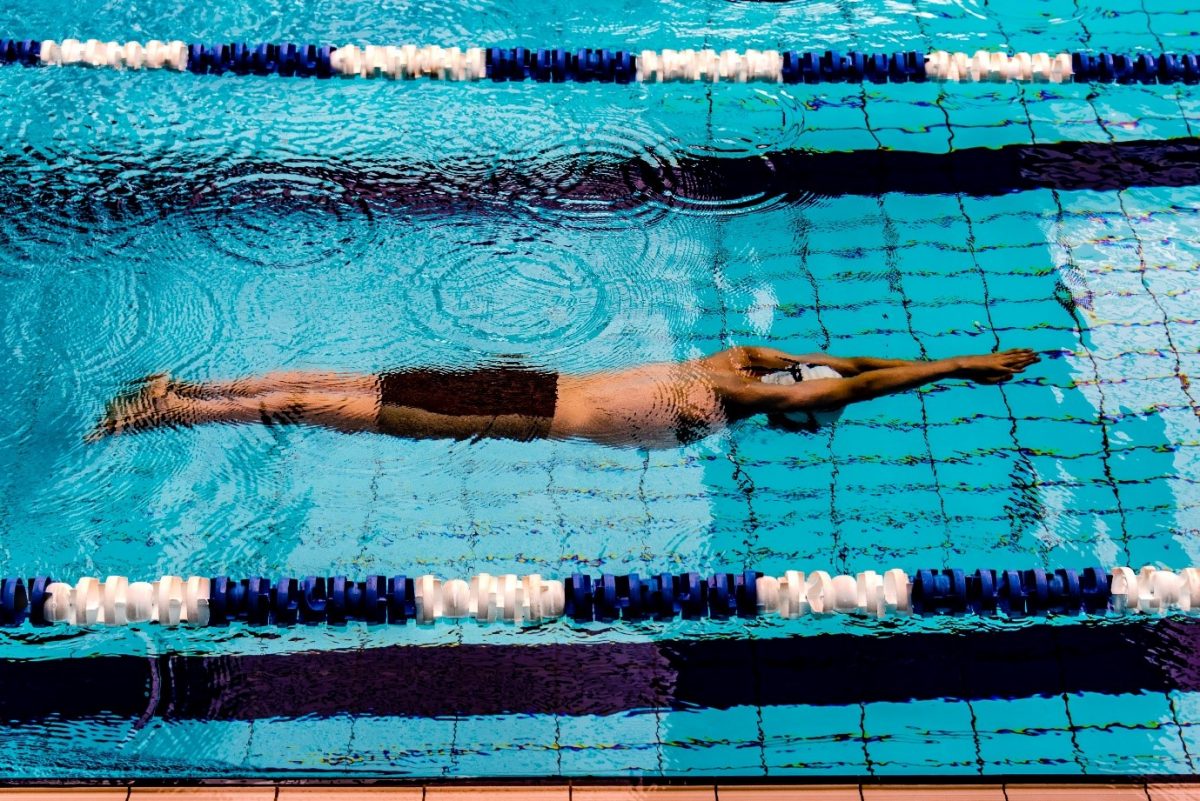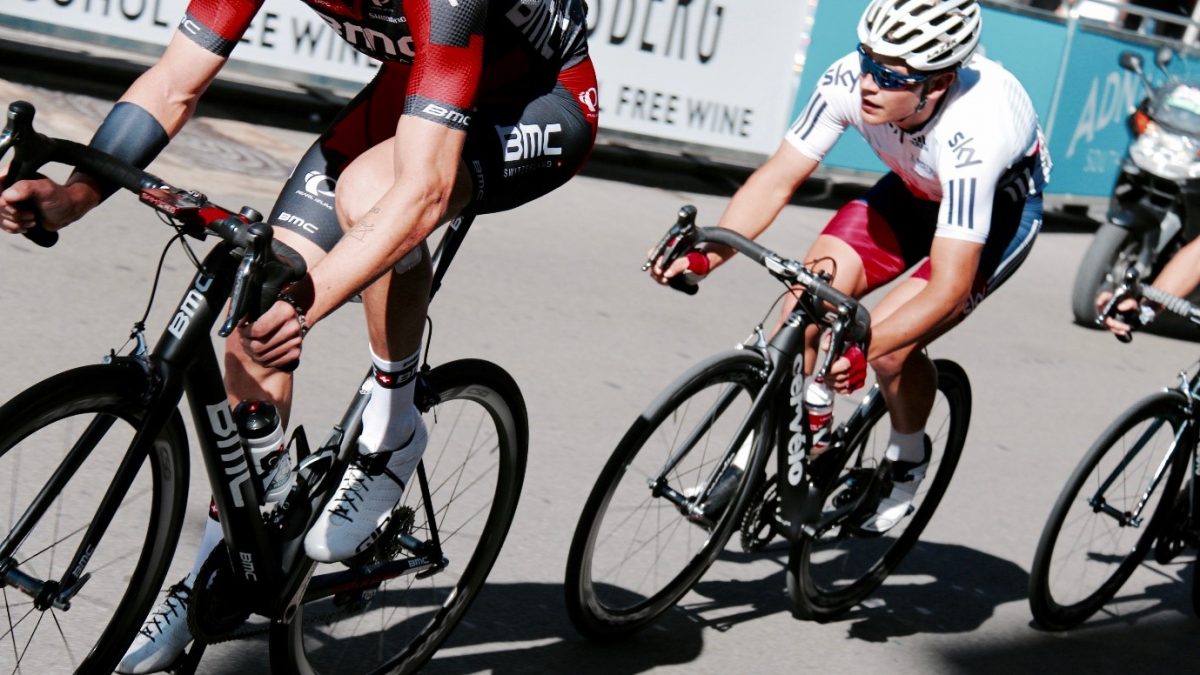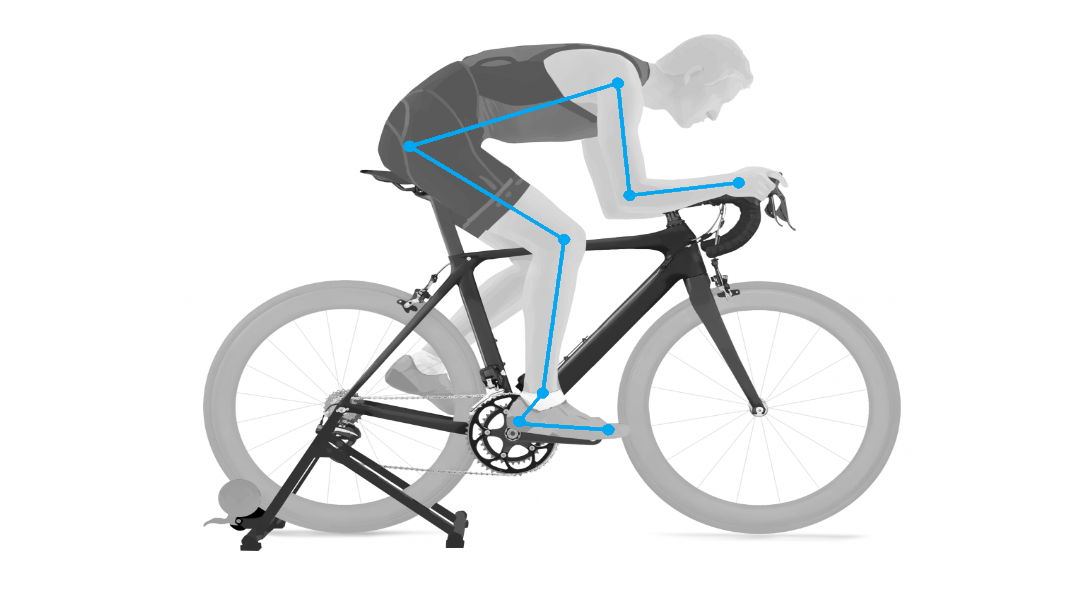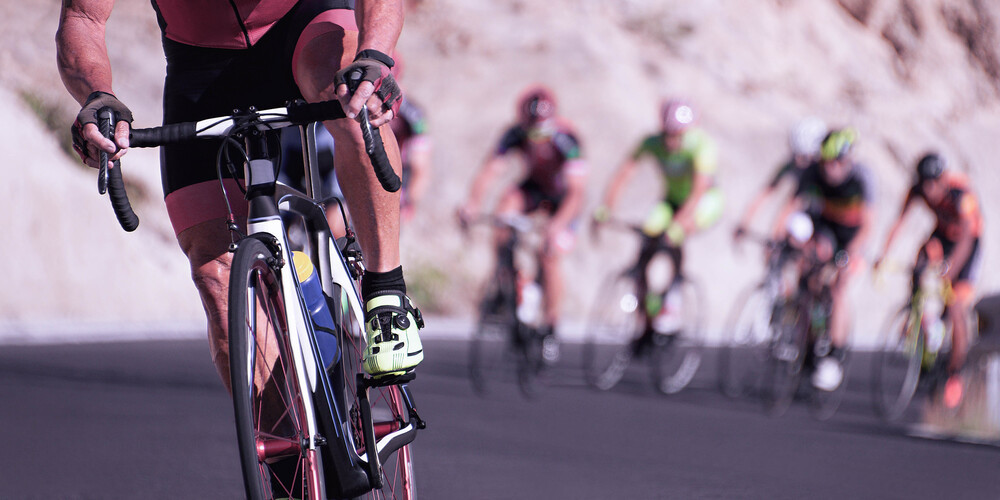Sports involve prolonged exposure to the sun, especially as summer approaches. How should you behave to avoid burning, and what are the specifics to consider when it comes to sunscreens? We asked Dr. Christian Surber (Doctor of Dermatopharmacology and Hospital Pharmacology) to clarify some aspects regarding sun protection and sport. These are the top 10 things to keep in mind when you go out in the sun.
Sun Protection and Sport – 10 Expert Tips









